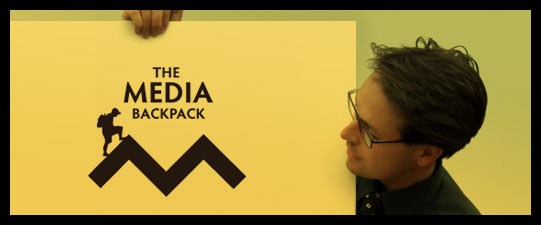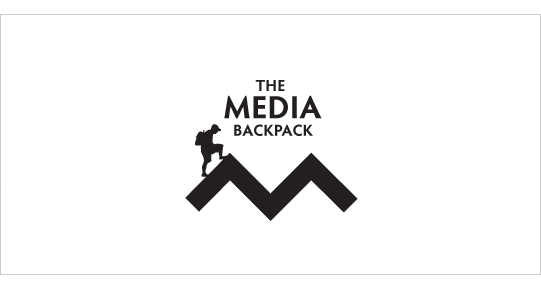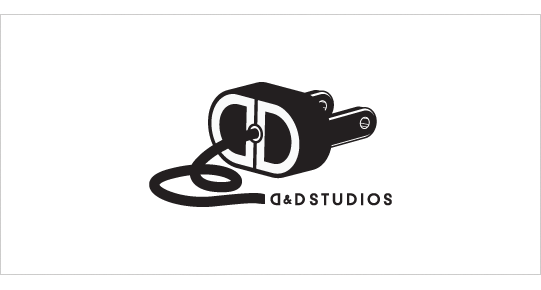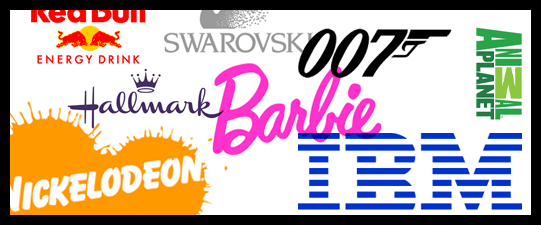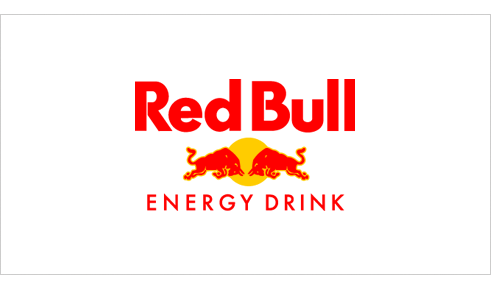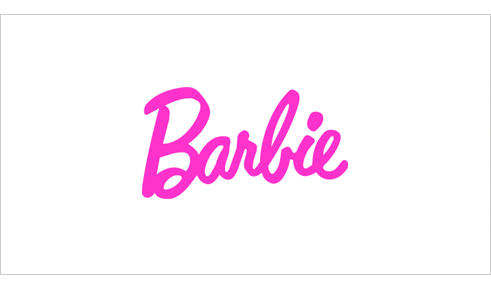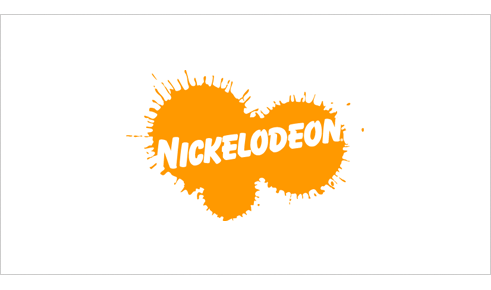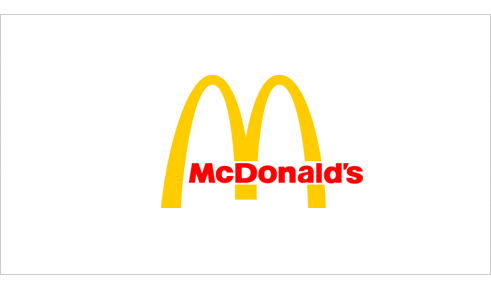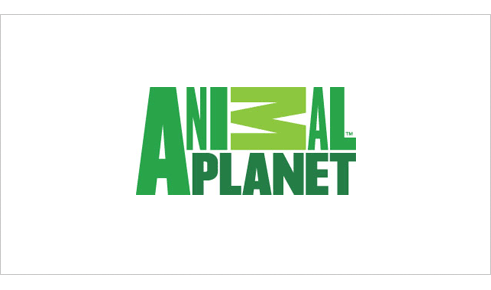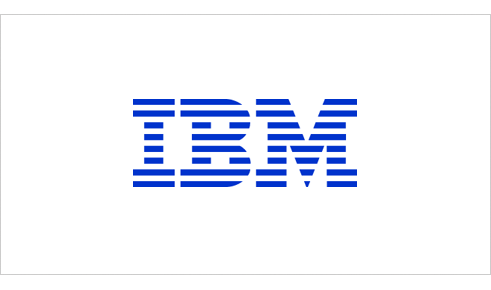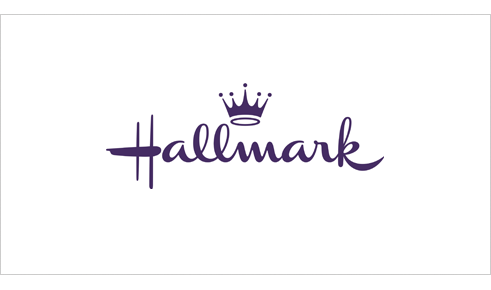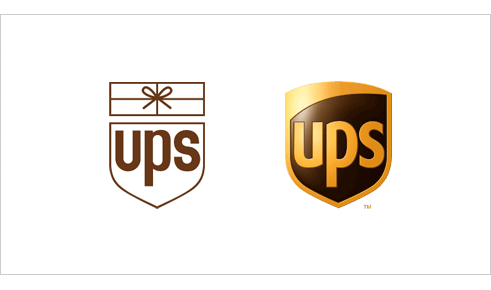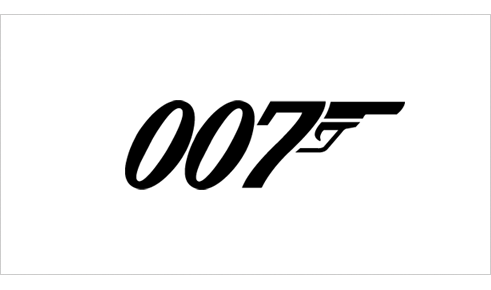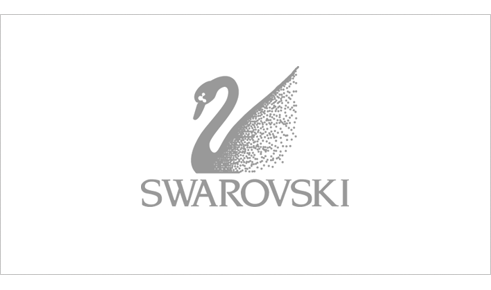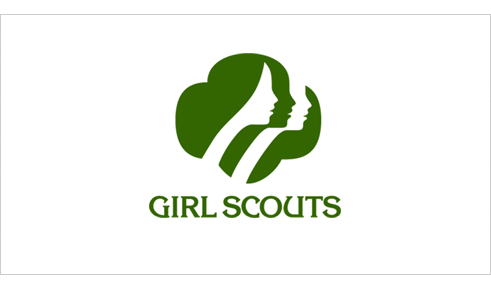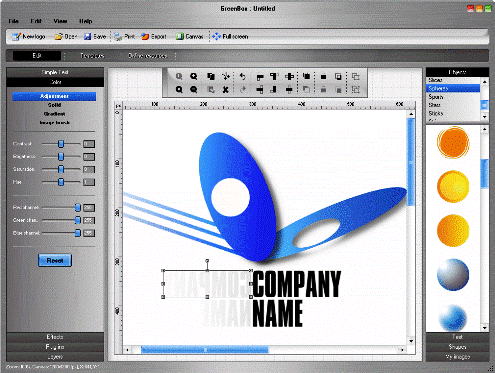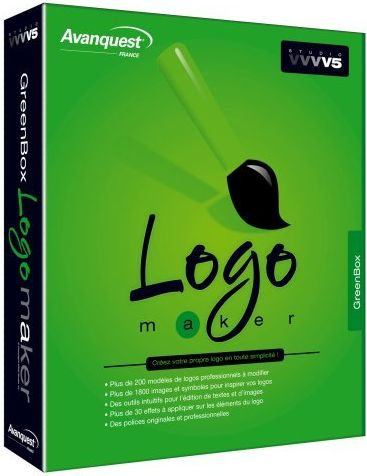Apr 30, 2009 / Erik Peterson
What Makes a Great Logo Design?
A logo, trademark, emblem, brand, logotype, symbol, identity, mark, insignia represents a company to consumers. It gets its meaning from the company it represents, not the other way around. It’s effectiveness can help to sell a product or service to the public. It’s the identifier that consumers sometimes attach themselves to and become loyal to. It’s a visual expression of a company, product or service. The role of the logo is to point or designate in the simplest form possible.
There are five elements that you can find in great and successful logo designs. Most of the logos you know and love will meet all these criteria. When you think of a great logo what brands come to mind? Remember the logos for those brands as you read through this article and see if they meet the five criteria.
Distinctive
Consumers need to be able to recognize a logo. Therefore, a great logo must be distinct, easy to read and understand. The logo should be unique enough to avoid confusion with other companies’ logos. The logo needs to represent the company it stands for so that consumers may associate it with the business each time they see it.
American Airlines Logo
The American Airlines logo, designed by Vignelli Associates in 1967, meets all of the criteria we’ll be discussing in this article. The AA logo is instantly recognizable with it’s AA monogram and eagle icon.
Did you know? The redesign of the AA monogram in the 1960’s didn’t include the eagle. After the employees protested, the designer reluctantly added the stylized eagle that we know today as part of the AA monogram.
Useable
Since, a logo is used across many different mediums, from letterhead and business cards to websites and sales materials to pens and clothing. A good logo must be flexible enough to work in any situation/medium required. In order to meet these demands, a logo should work well in black and white and in color. From a size standpoint, a logo should be simple enough to look good on a business card, yet intriguing enough to work on a large poster or even billboard.
FedEx Logo
The FedEx logo was designed by Lindon Leader, in 1994 working as a Senior Design Director at Landor Associates. The logo is bold, scales well and works in all mediums.
Did you know? Many people don’t notice the clever arrow within the negative space of the ‘e’ and ‘x’ at first glance.
Timeless
To be effective, a logo should stay with the business as it grows. The belief that a new or redesigned logo will somehow transform a business, isn’t uncommon. But a business shouldn't go around changing their logo on a whim. This can weaken the company brand after all of the work a company has put into it. A well-designed logo will persevere for years to come.
Coca-Cola Logo
The Coca-Cola logo, designed by Frank Robinson in 1886, is a prime example of a great and timeless logo.
Did you know? Coca-Cola has one the best recognized logos in the world today, and is recognized in over 200 countries around the world.
Effective without color
A good logo not only needs to work in black and white, but it should also still be effective. If color is needed to communicate the message then perhaps too much emphasis has been place on it.
McDonalds Logo
The McDonald’s logo was created by Jim Schindler in 1962. Even though it’s commonly referred to as “The Golden Arches” the logo works very well without the gold color.
Did you know? The idea of the arches was inspired by the arch shaped signs on either side of the ‘walk-up hamburger stand’. From an angle, the arches looked like the letter “M”. The “McDonald’s” name was later added to the McDonald’s logo in 1968.
Memorable
Your logo should make a statement about your company. It should be engrained in the consumers brain when think of your industry. Therefore, the next time a consumer needs your kind of product or service, you’ll be the fist to come to mind just because of brand recognition.
American Broadcasting Company Logo
The American Broadcasting Company logo designed by Paul Rand in 1962 simplified the logo to a circle with the letters ‘abc’ inside. This achieved a memorable and unique image. This logo is still in use today, though it has been mostly replaced with a glossy version of the original designed by Rand.
In his 1991 article, Logos, Flags, and Escutcheons Paul Rand said,
“Design, good or bad, is a vehicle of memory. Good design adds value of some kind and, incidentally, could be sheer pleasure; it respects the viewer-his sensibilities-and rewards the entrepreneur. It is easier to remember a well designed image than one that is muddled. A well design logo, in the end, is a reflection of the business it symbolizes. It connotes a thoughtful and purposeful enterprise, and mirrors the quality of its products and services.”
The bottom line is that creating a logo requires a lot of planning, time, thought and often times, money. The meaning behind the design should embrace the mission and image of the company, not the other way around. The effectiveness of these marks are such a key part of brands today’s fast paced world. Ultimately, the role of the logo is to point or identify to the consumer in the simplest form possible.
Read more »»
What Makes a Great Logo Design?
A logo, trademark, emblem, brand, logotype, symbol, identity, mark, insignia represents a company to consumers. It gets its meaning from the company it represents, not the other way around. It’s effectiveness can help to sell a product or service to the public. It’s the identifier that consumers sometimes attach themselves to and become loyal to. It’s a visual expression of a company, product or service. The role of the logo is to point or designate in the simplest form possible.
There are five elements that you can find in great and successful logo designs. Most of the logos you know and love will meet all these criteria. When you think of a great logo what brands come to mind? Remember the logos for those brands as you read through this article and see if they meet the five criteria.
Distinctive
Consumers need to be able to recognize a logo. Therefore, a great logo must be distinct, easy to read and understand. The logo should be unique enough to avoid confusion with other companies’ logos. The logo needs to represent the company it stands for so that consumers may associate it with the business each time they see it.
American Airlines Logo
The American Airlines logo, designed by Vignelli Associates in 1967, meets all of the criteria we’ll be discussing in this article. The AA logo is instantly recognizable with it’s AA monogram and eagle icon.
Did you know? The redesign of the AA monogram in the 1960’s didn’t include the eagle. After the employees protested, the designer reluctantly added the stylized eagle that we know today as part of the AA monogram.
Useable
Since, a logo is used across many different mediums, from letterhead and business cards to websites and sales materials to pens and clothing. A good logo must be flexible enough to work in any situation/medium required. In order to meet these demands, a logo should work well in black and white and in color. From a size standpoint, a logo should be simple enough to look good on a business card, yet intriguing enough to work on a large poster or even billboard.
FedEx Logo
The FedEx logo was designed by Lindon Leader, in 1994 working as a Senior Design Director at Landor Associates. The logo is bold, scales well and works in all mediums.
Did you know? Many people don’t notice the clever arrow within the negative space of the ‘e’ and ‘x’ at first glance.
Timeless
To be effective, a logo should stay with the business as it grows. The belief that a new or redesigned logo will somehow transform a business, isn’t uncommon. But a business shouldn't go around changing their logo on a whim. This can weaken the company brand after all of the work a company has put into it. A well-designed logo will persevere for years to come.
Coca-Cola Logo
The Coca-Cola logo, designed by Frank Robinson in 1886, is a prime example of a great and timeless logo.
Did you know? Coca-Cola has one the best recognized logos in the world today, and is recognized in over 200 countries around the world.
Effective without color
A good logo not only needs to work in black and white, but it should also still be effective. If color is needed to communicate the message then perhaps too much emphasis has been place on it.
McDonalds Logo
The McDonald’s logo was created by Jim Schindler in 1962. Even though it’s commonly referred to as “The Golden Arches” the logo works very well without the gold color.
Did you know? The idea of the arches was inspired by the arch shaped signs on either side of the ‘walk-up hamburger stand’. From an angle, the arches looked like the letter “M”. The “McDonald’s” name was later added to the McDonald’s logo in 1968.
Memorable
Your logo should make a statement about your company. It should be engrained in the consumers brain when think of your industry. Therefore, the next time a consumer needs your kind of product or service, you’ll be the fist to come to mind just because of brand recognition.
American Broadcasting Company Logo
The American Broadcasting Company logo designed by Paul Rand in 1962 simplified the logo to a circle with the letters ‘abc’ inside. This achieved a memorable and unique image. This logo is still in use today, though it has been mostly replaced with a glossy version of the original designed by Rand.
In his 1991 article, Logos, Flags, and Escutcheons Paul Rand said,
“Design, good or bad, is a vehicle of memory. Good design adds value of some kind and, incidentally, could be sheer pleasure; it respects the viewer-his sensibilities-and rewards the entrepreneur. It is easier to remember a well designed image than one that is muddled. A well design logo, in the end, is a reflection of the business it symbolizes. It connotes a thoughtful and purposeful enterprise, and mirrors the quality of its products and services.”
The bottom line is that creating a logo requires a lot of planning, time, thought and often times, money. The meaning behind the design should embrace the mission and image of the company, not the other way around. The effectiveness of these marks are such a key part of brands today’s fast paced world. Ultimately, the role of the logo is to point or identify to the consumer in the simplest form possible.

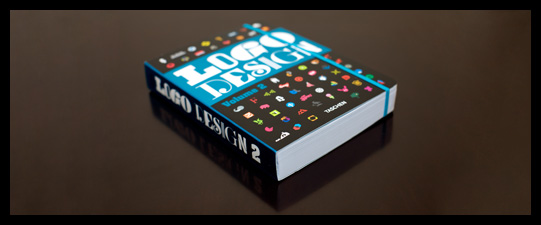
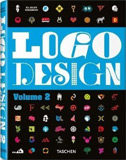
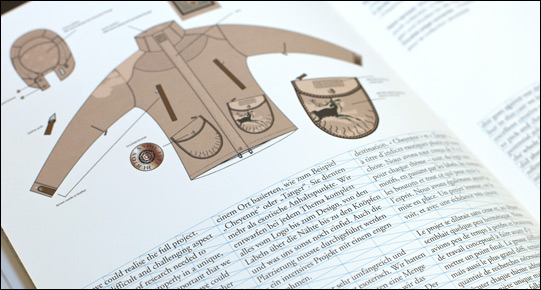
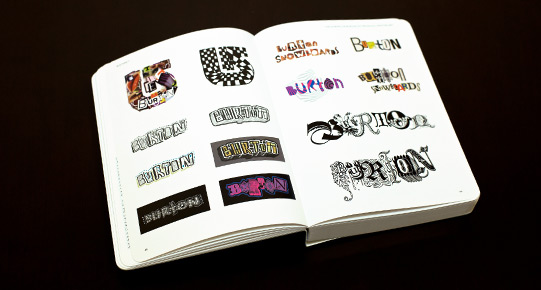
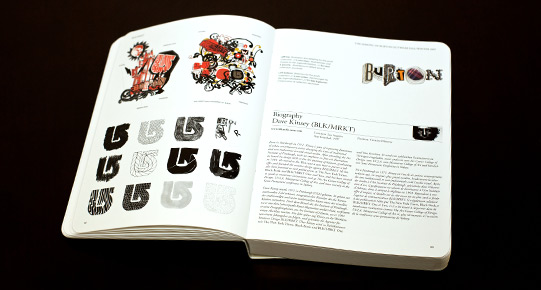
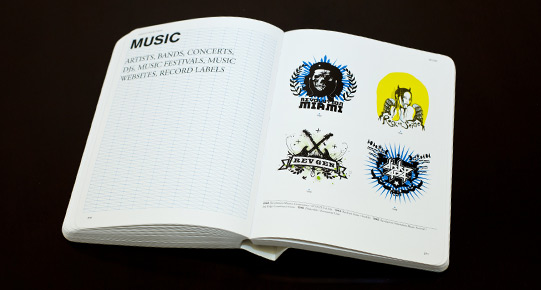
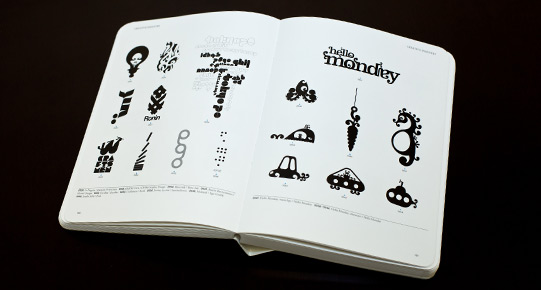
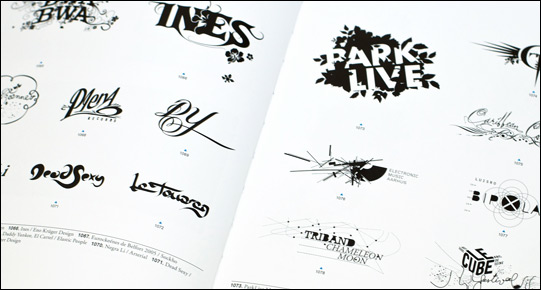
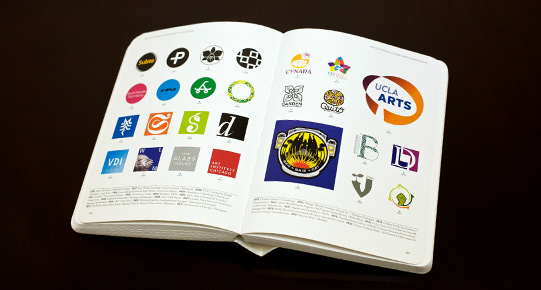
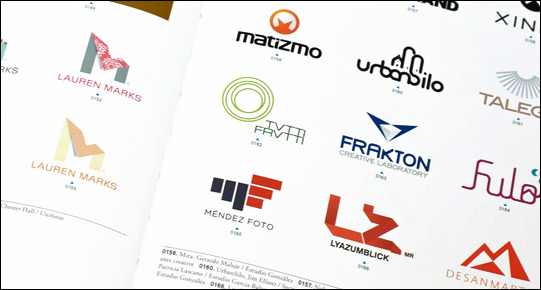
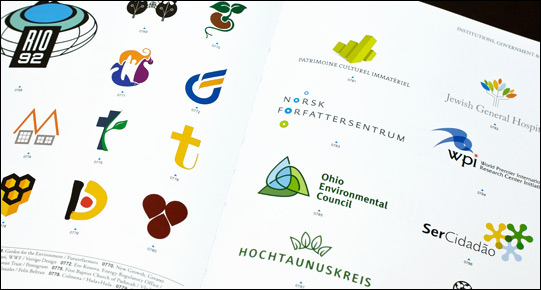 If you’re a designer that works on logos occasionally or quite regularly, this book would be a nice addition to your library. The book sells for about $27 and you can purchase the
If you’re a designer that works on logos occasionally or quite regularly, this book would be a nice addition to your library. The book sells for about $27 and you can purchase the 